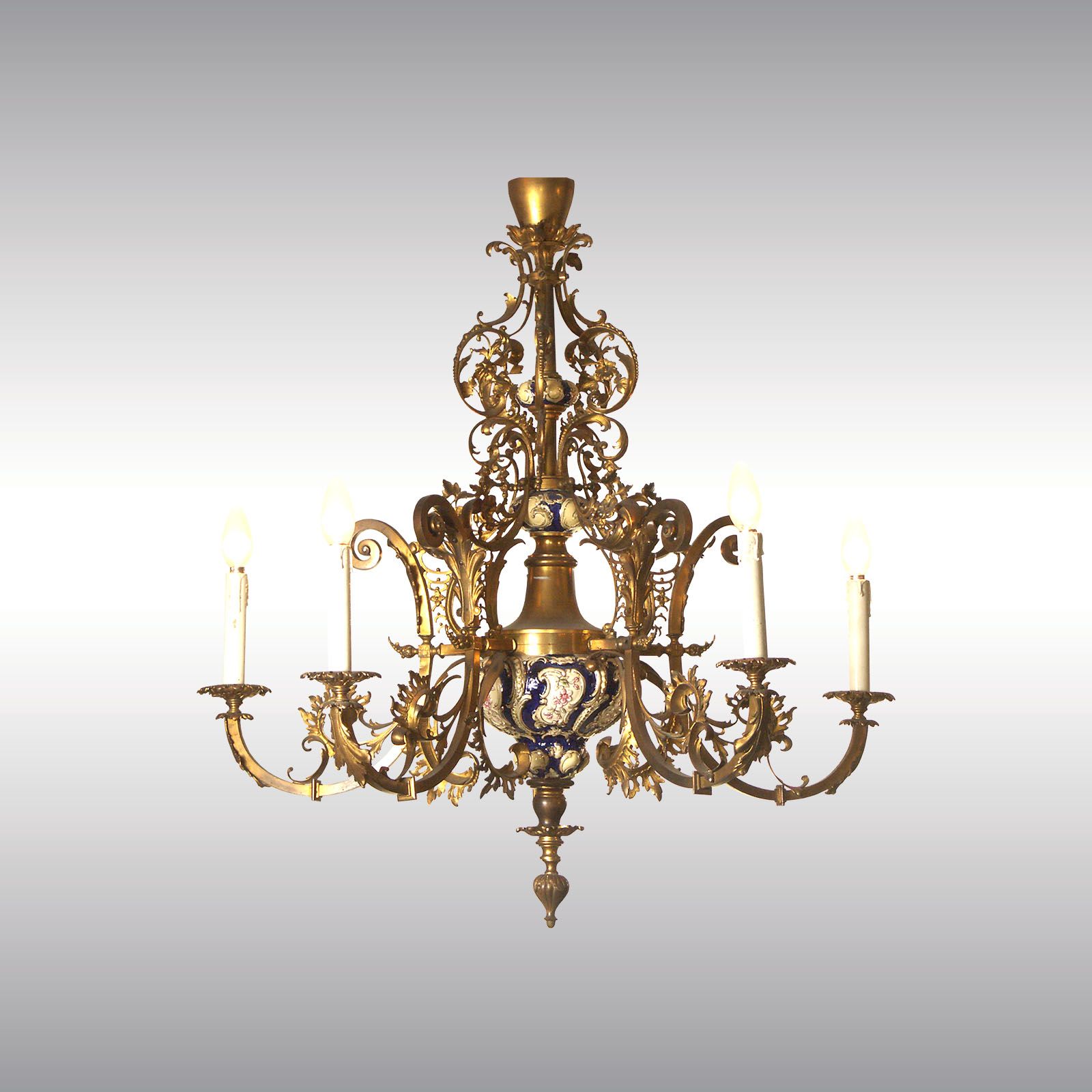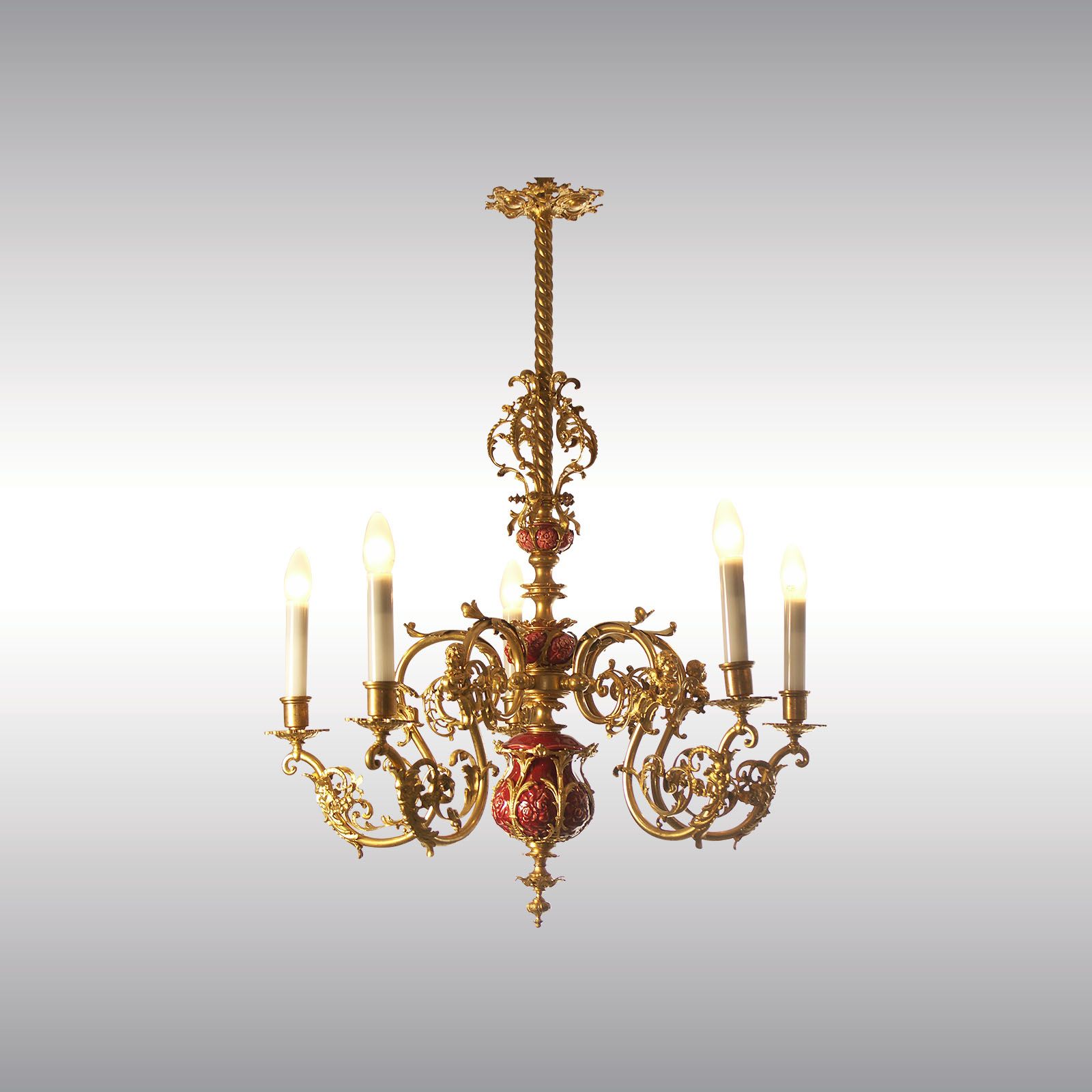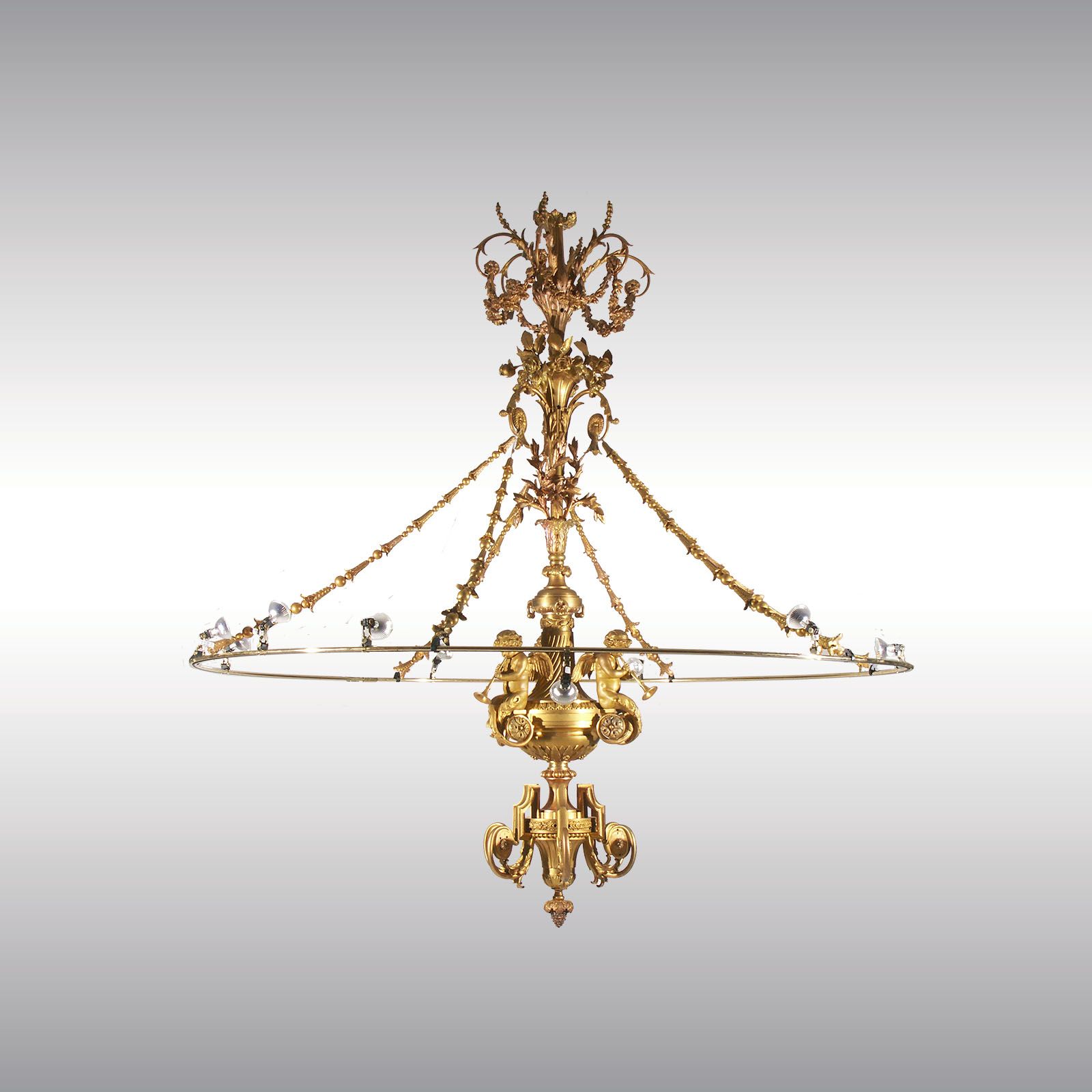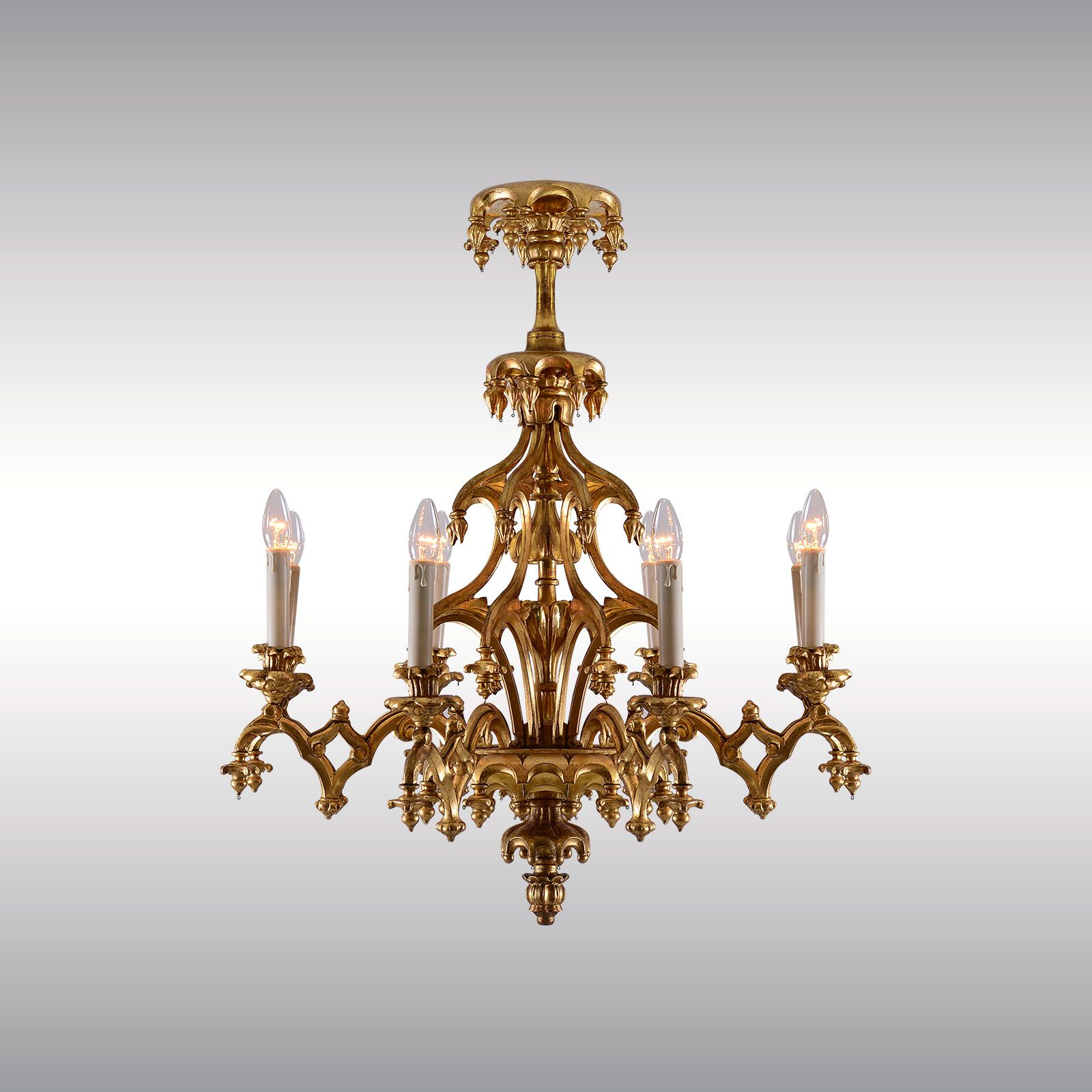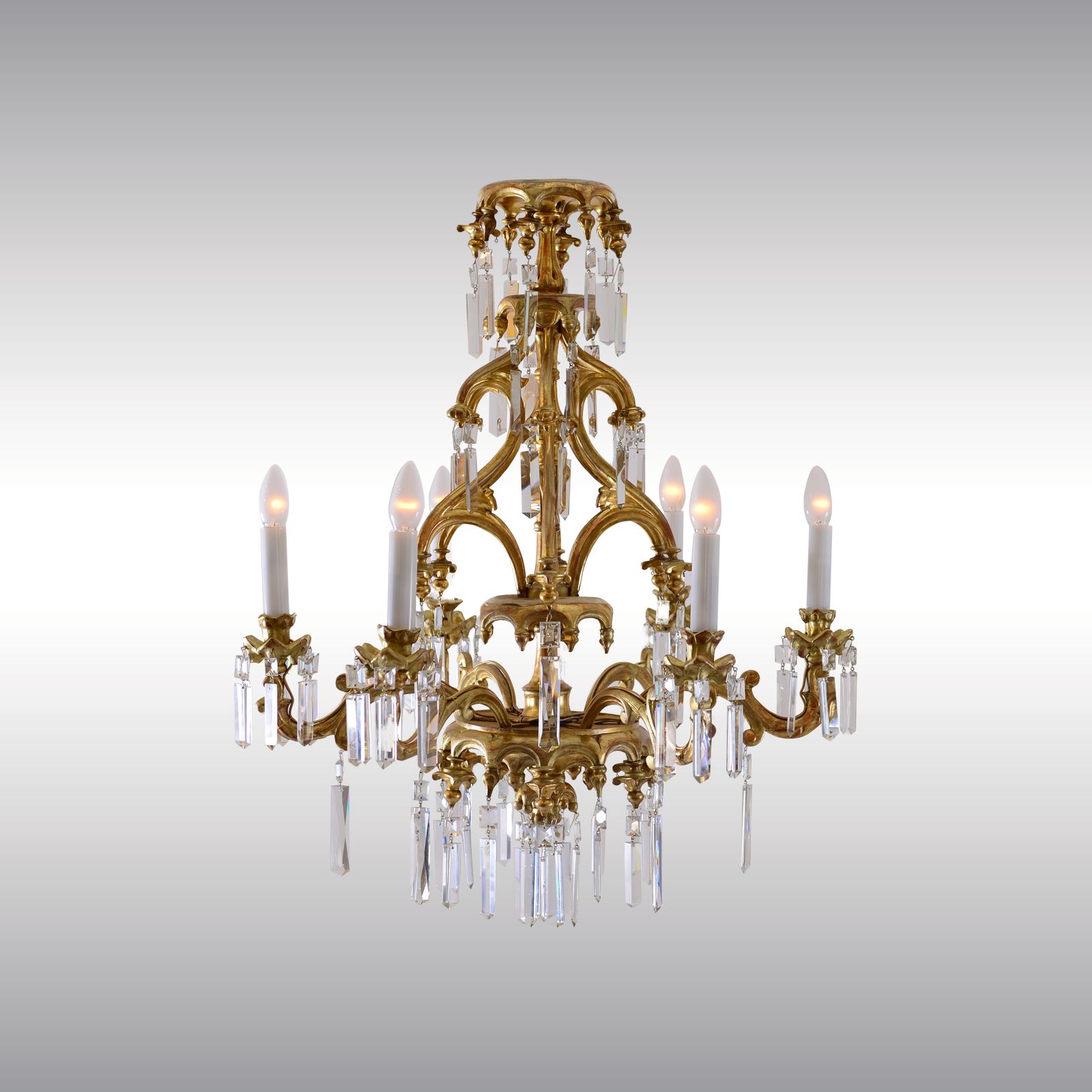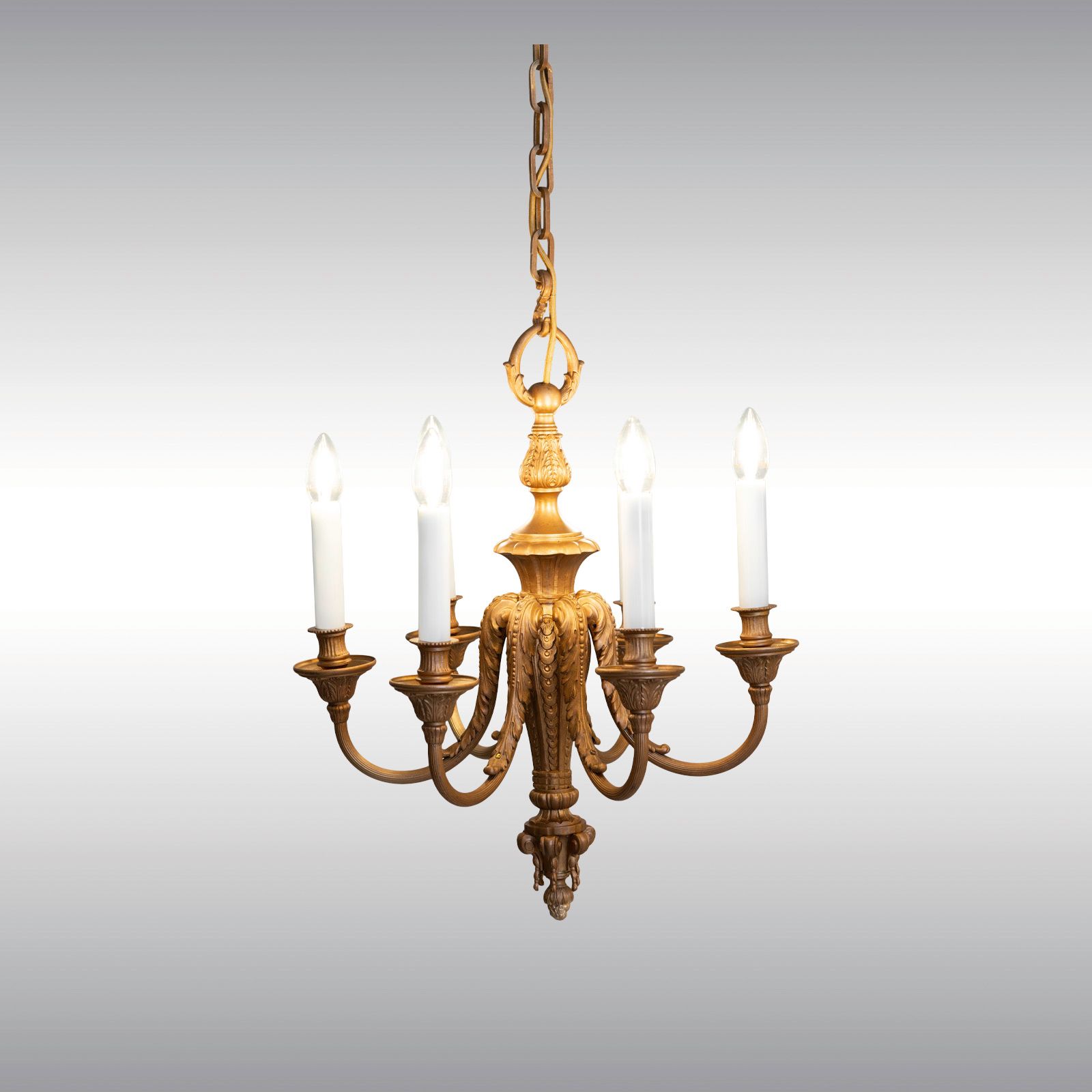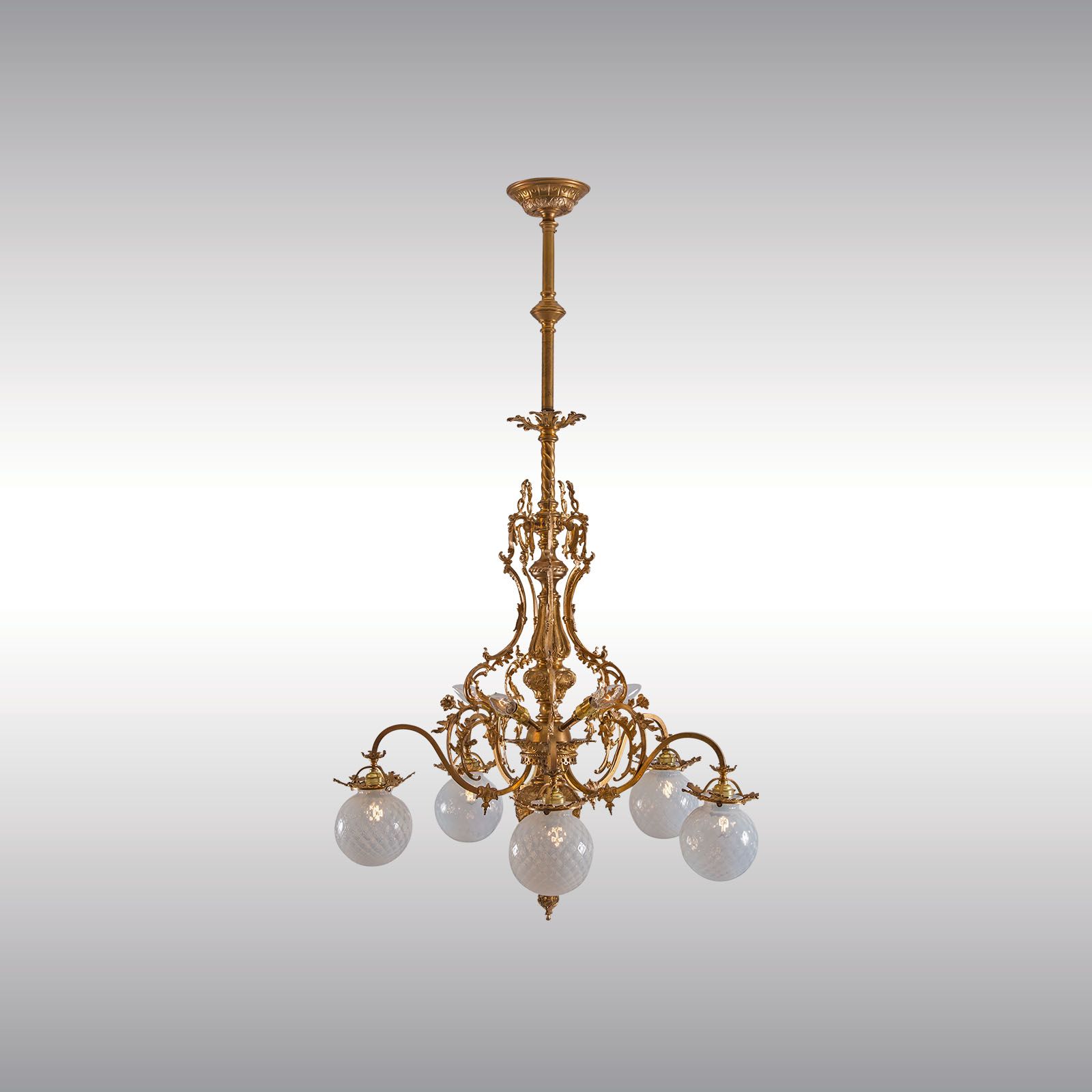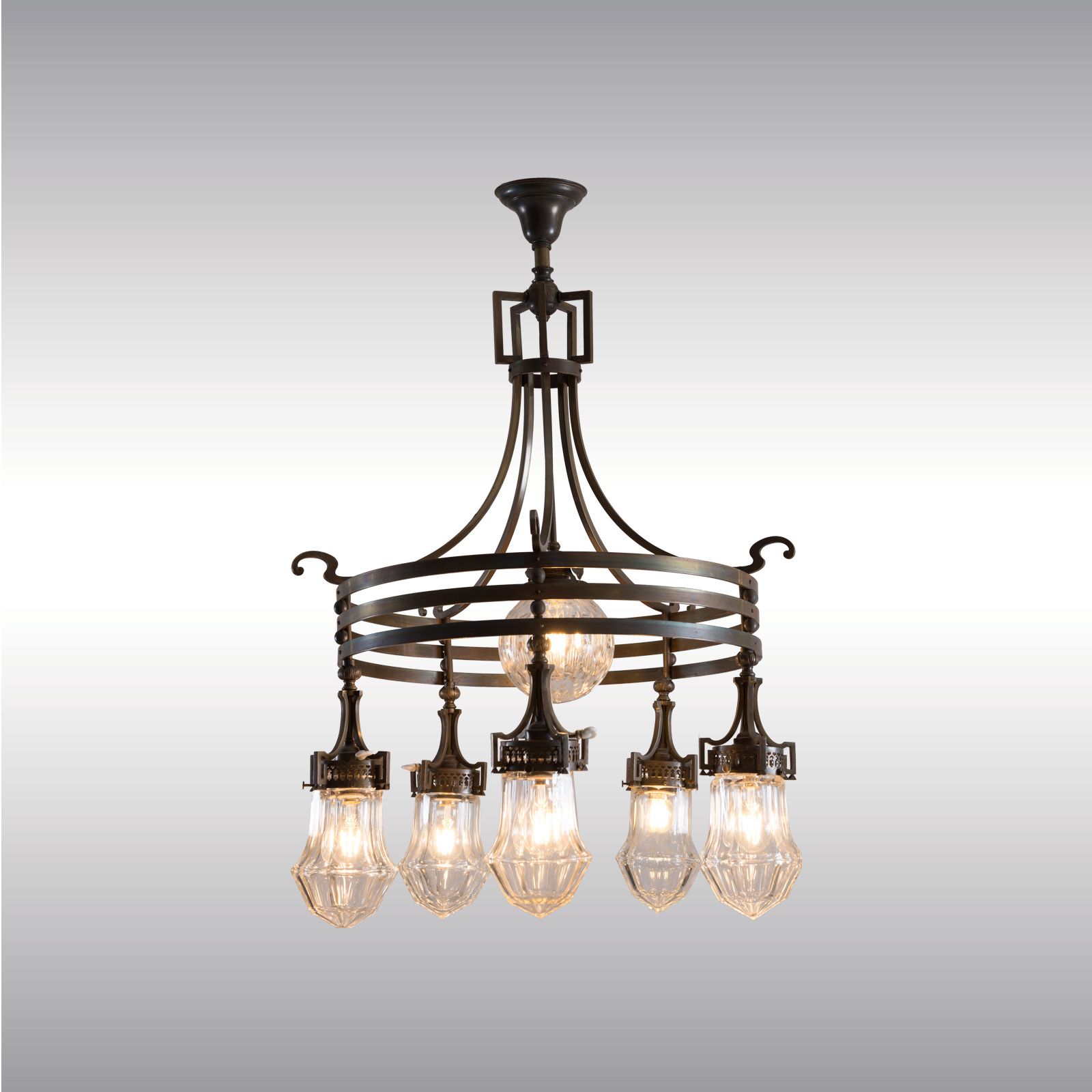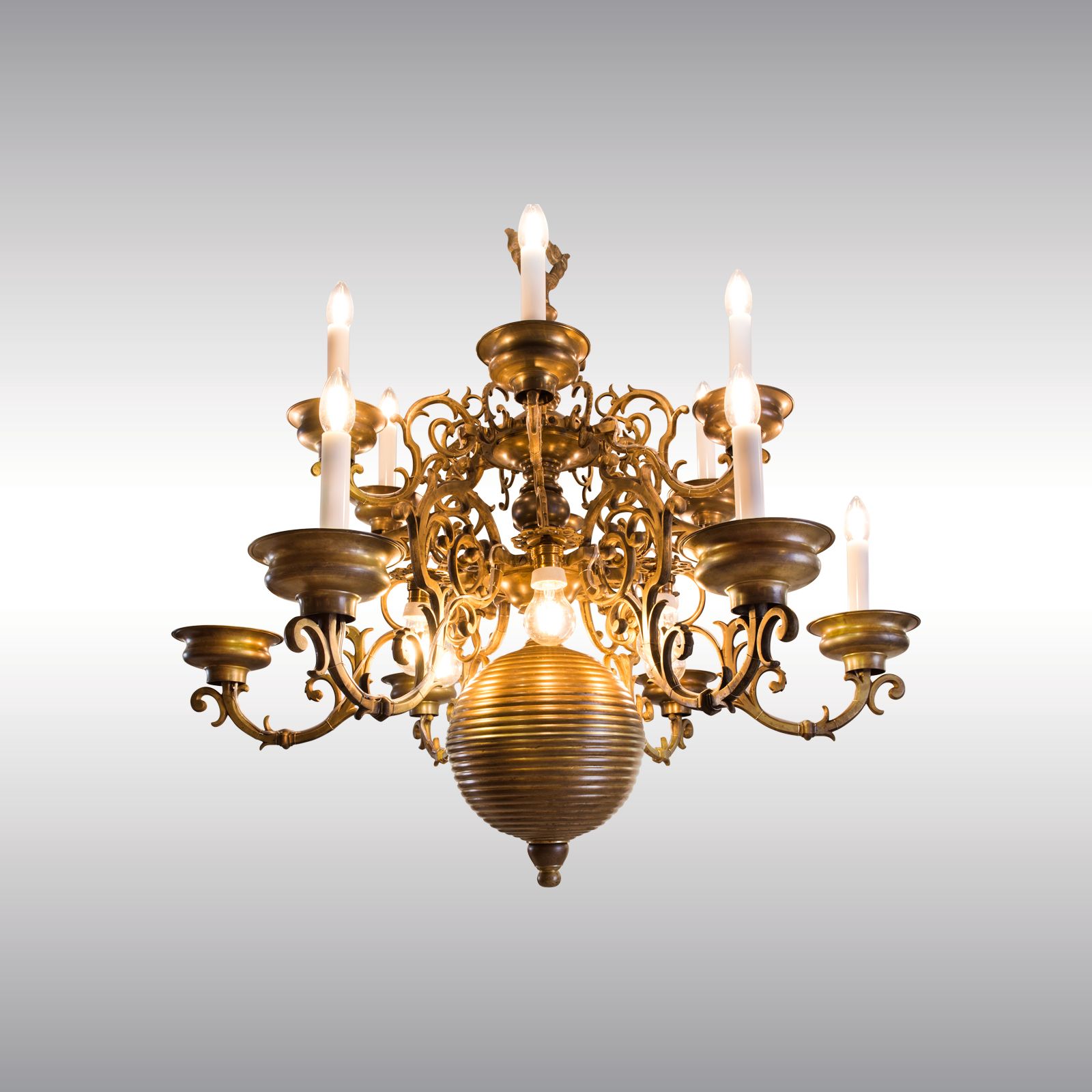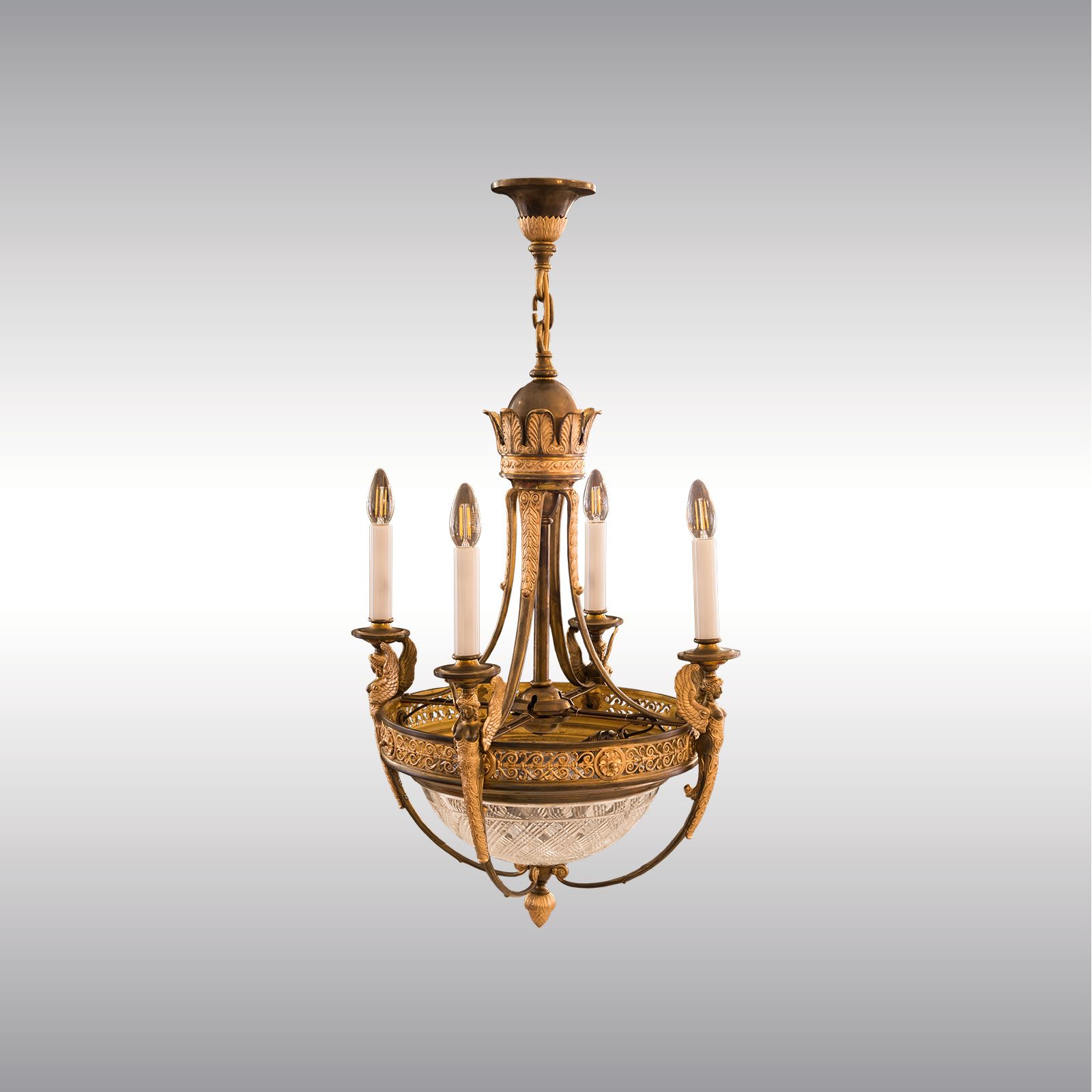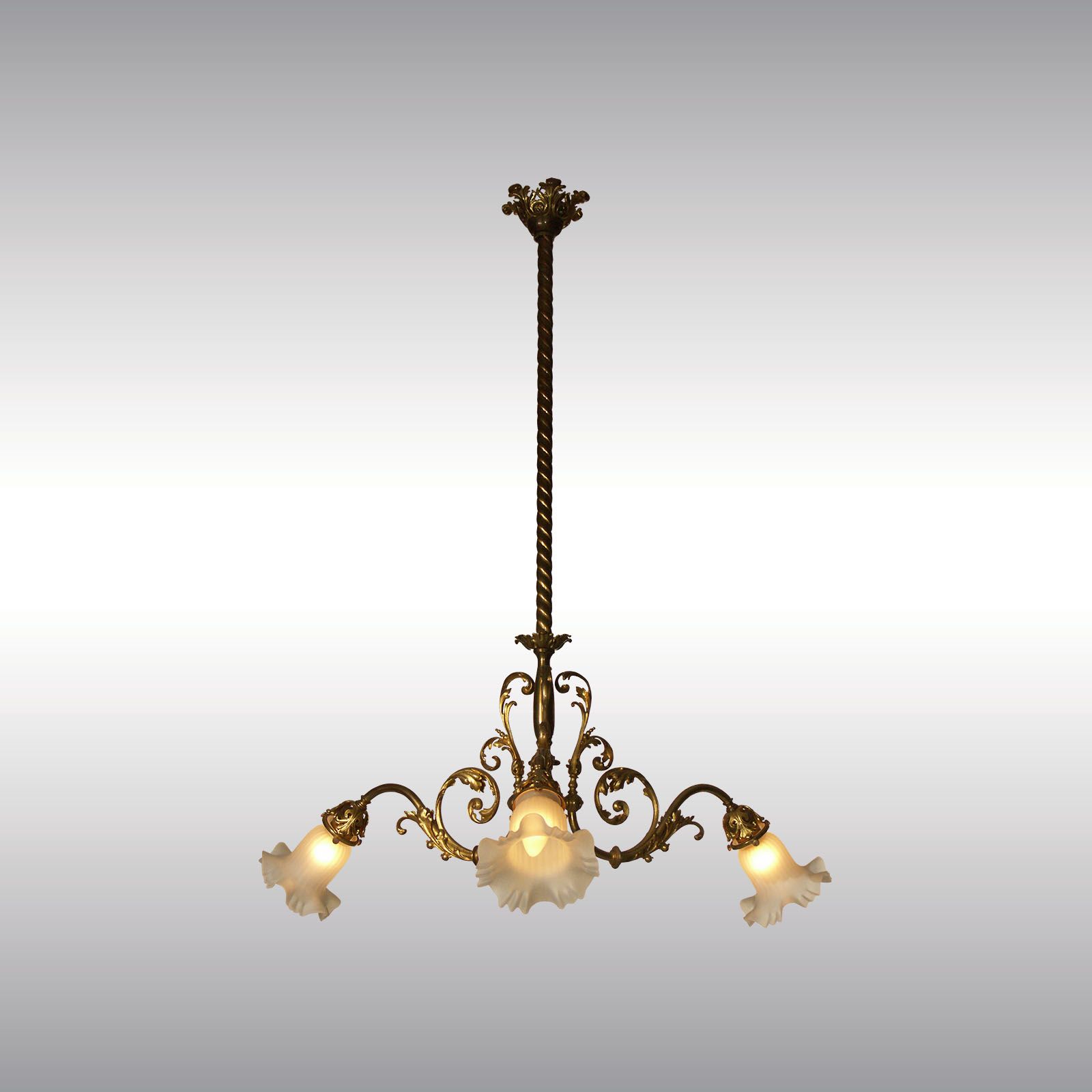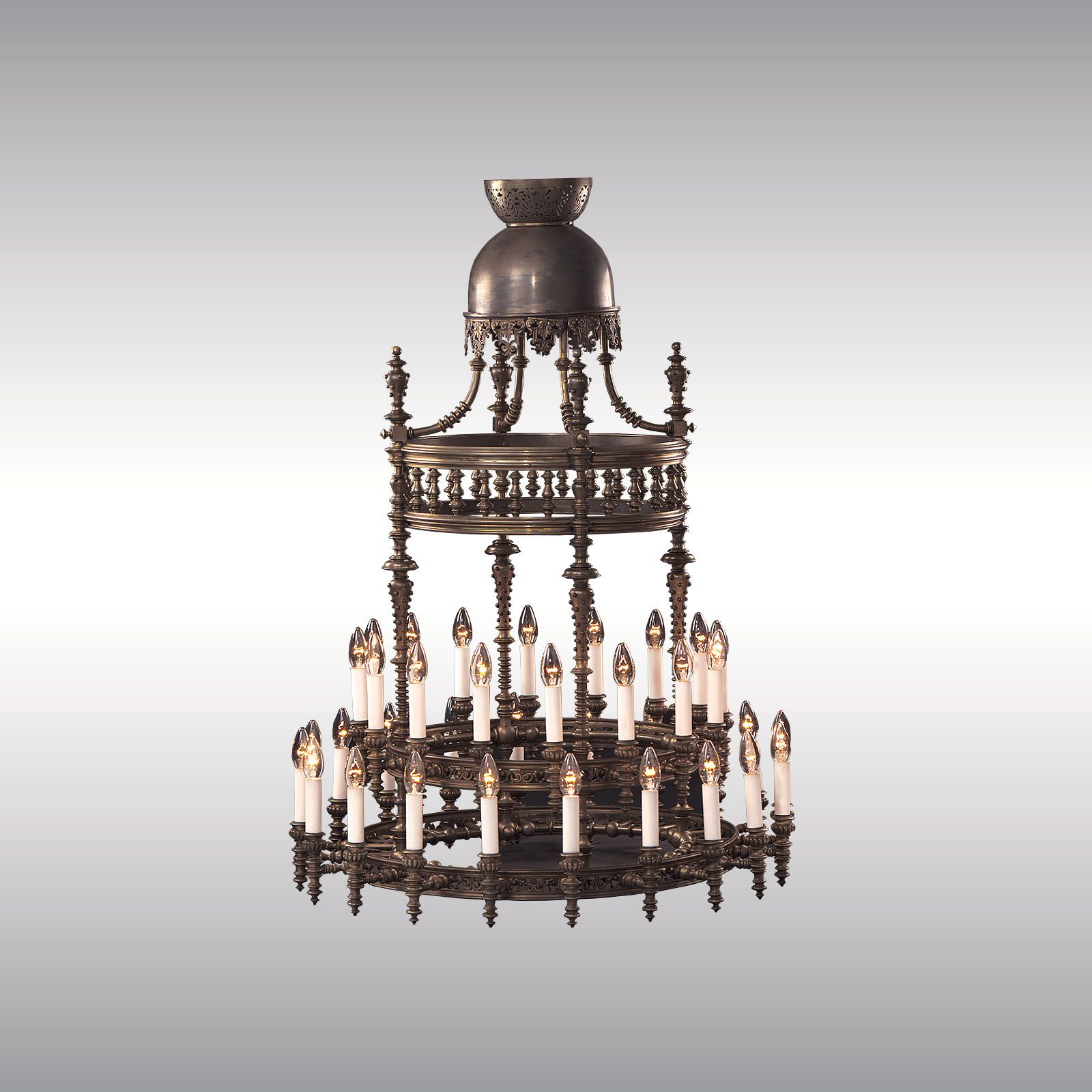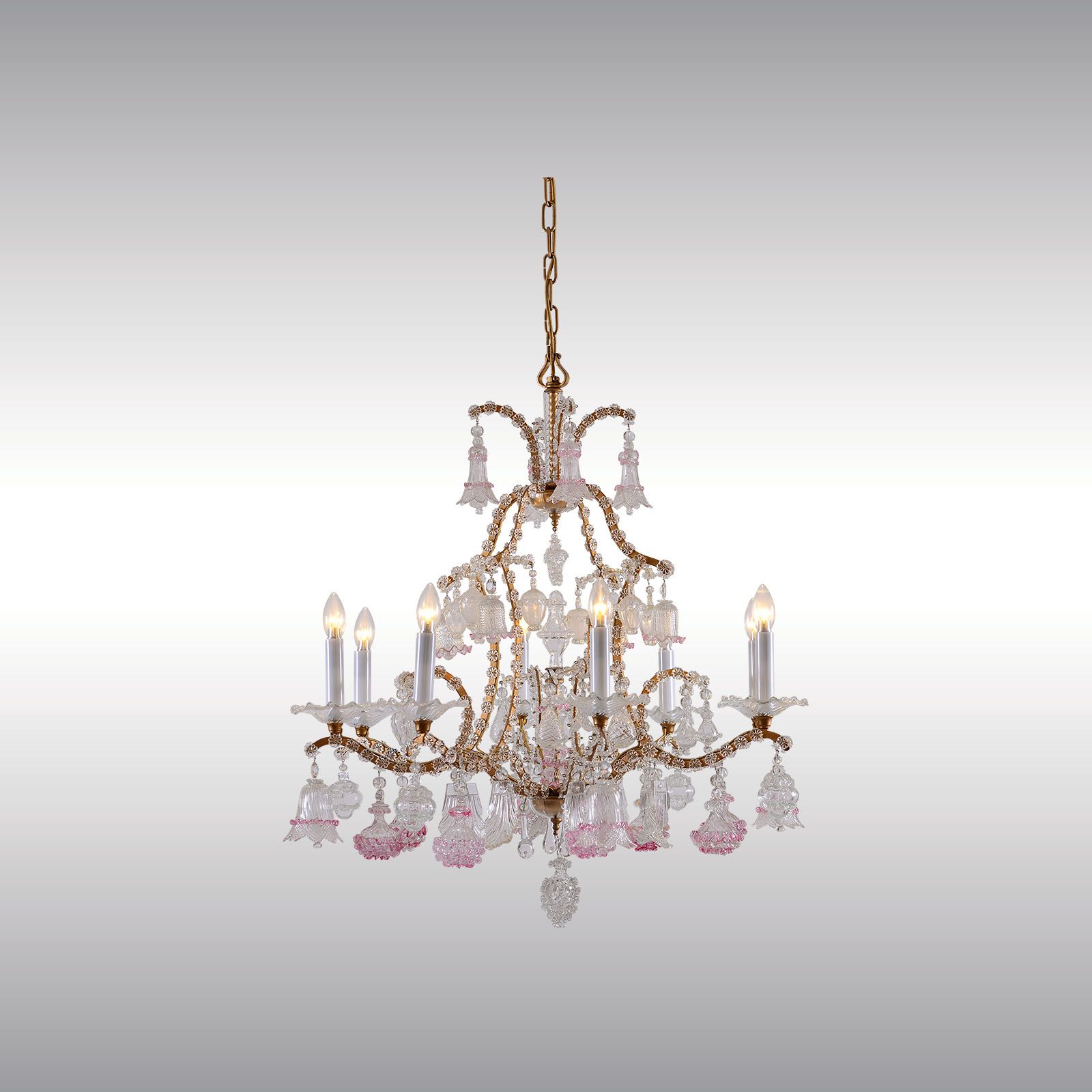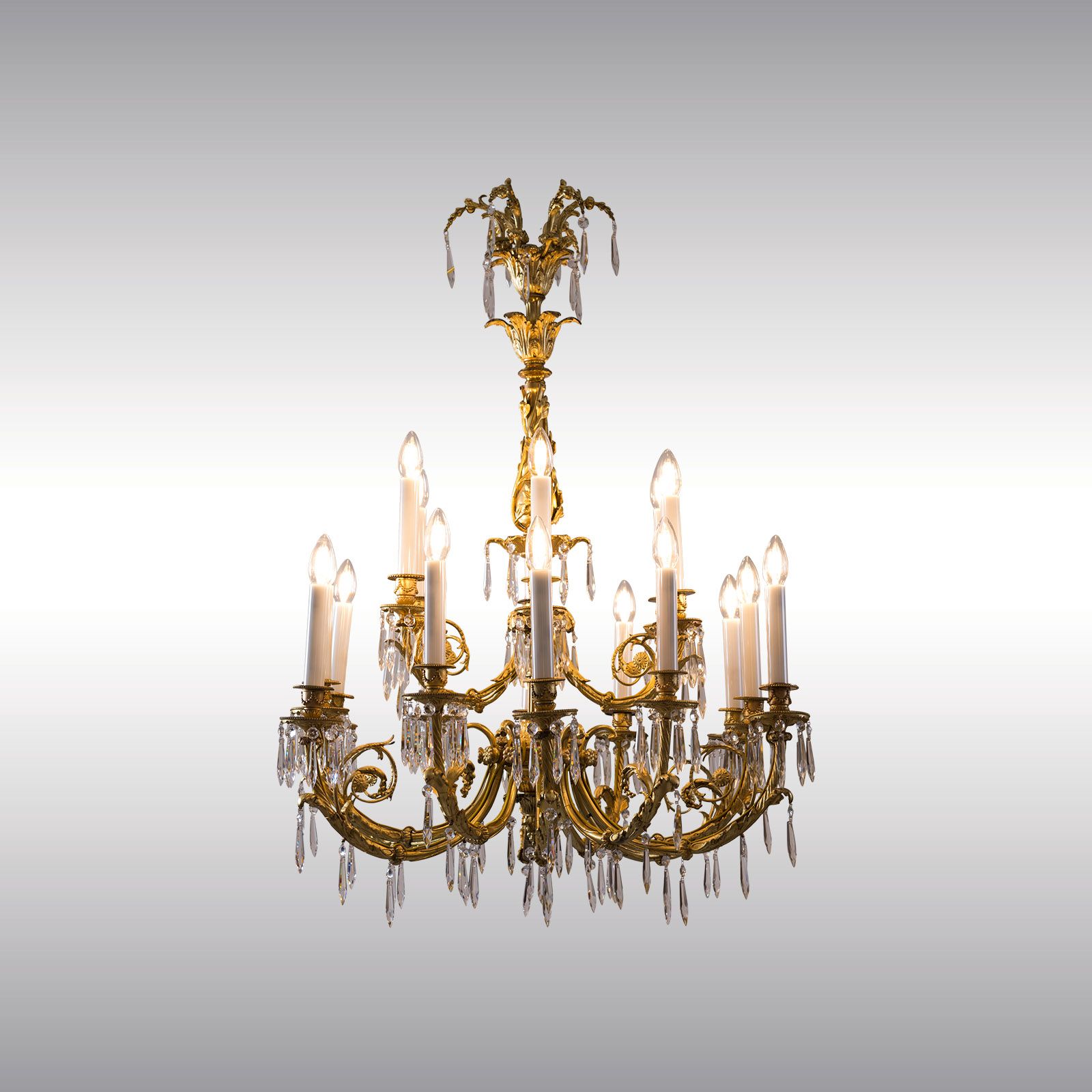The Ringstrasse-Style in Vienna
Historism at its best
The Ringstrasse is a circular road surrounding the Innere Stadt district of Vienna, Austria and is one of its main sights. It is typical of the historical style called Ringstrassenstil (Ringstrasse Style) of the 1860s to 1890s.
History
The street was built to replace the city walls, which had been built during the 13th century and reinforced as a consequence of the First Turkish Siege in 1529, and instead of the glacis, which was about 500m wide. The fortification had been obsolete since the late 18th century, but the Revolution of 1848 was required to trigger a significant change. In 1850, the Vorstädte (today the Districts II to IX) were incorporated into the municipality, which made the city walls a simple impediment to traffic. In 1857, they were finally demolished, and the creation of a boulevards was ordered.
During the following years, a large number of public and private opulent buildings were erected. Both nobility and the moneyed aristocracy rushed to build showy mansions along the street. One of the first buildings was the Heinrichshof by Theophil Hansen, (1861-62) owned by the beer brewer Heinrich Drasche, which was located opposite the opera house until 1945.
State Opera: The first opera house, the Vienna Court Opera, was built as the first monumental building of artistic importance on the Ringstraße from 1861-1869 by A. Sicard von Sicardsburg and E. van der Nüll in neo-Romantic style. The architects were severely criticised, people spoke of a 'sunken box' or 'another Battle of Sadowa', which caused van der Nüll to commit suicide, while Sicardsburg died of a heart attack two months later.
During World War II (on March 12, 1945) the stage was destroyed by bombs and the building gutted by fire. The reconstruction of the State Opera was carried out from 1948-1955 by E. Boltenstern.
The parliament building was erected between 1873-1883 by Theophil Hansen in neo-Renaissance style with austere classical elements. It was severely damaged in 1945 and rebuilt after the war. The gables, attics and the access ramps were decorated with magnificent sculptures by E. Hellmer, J. Lux and V. Piz. In front of the Parliament is the Pallas Athena Fountain (1898-1902 by C. Kundmann).
The Vienna Stock-exchange, the Wiener Börse was founded in 1771 by Maria Theresia. By 1877, the exchange had moved to the building constructed by Theophil Hansen on Schottenring because the Herrengasse location had become too small.
K[&]K Hofmuseen 1871- Gottfried Semper and Carl von Hasenauer
The 'Musikverein' concert hall, built by Theophil Hansen on Karlsplatz square, was inaugurated in 1870 (altered 1911).
The University of Vienna was founded by Duke Rudolf IV in 1365. The University of Vienna is the oldest university in the German-speaking world and one of the largest universities of Central Europe.
1873 - 1884 built by Heinrich von Ferstel in renaissance-style and in monumentally baroque-style.
The Burgtheater (Imperial) Court Theatre), originally known as K.K. Theater an der Burg, then until 1920 as the K.K. Hofburgtheater, is the Austrian National Theatre in Vienna and one of the most important German language theatres in the world. The Burgtheater was created in 1741 and has become known as 'die Burg' by the Viennese population;its theater company of more or less regular members has created a traditional style and speech typical of Burgtheater performances.
The theatre was moved to a new building at the Ringstraße on 14 October 1888 designed by Gottfried Semper and Karl Freiherr von Hasenauer.
The Rathaus was designed by Friedrich von Schmidt in the Gothic style, and built between 1872 and 1883. On the top of the tower is the Rathausmann, one of the symbols of Vienna. Facing the Rathaus is a large park, the Rathauspark.
The Votivkirche in Vienna, Austria, is one of the most important neo-Gothic religious architectural sites in the world. Built 1856-1879 by Heinrich von Ferstel (1828-1883). The church was to be a Votivgabe (a thank-you present to God) for the rescue of Franz Joseph from a knife-attack.
